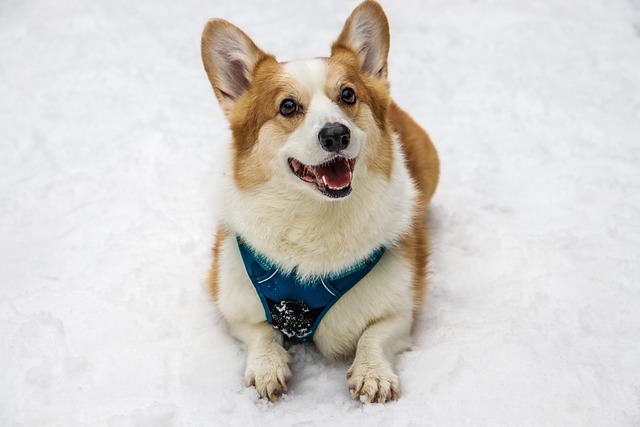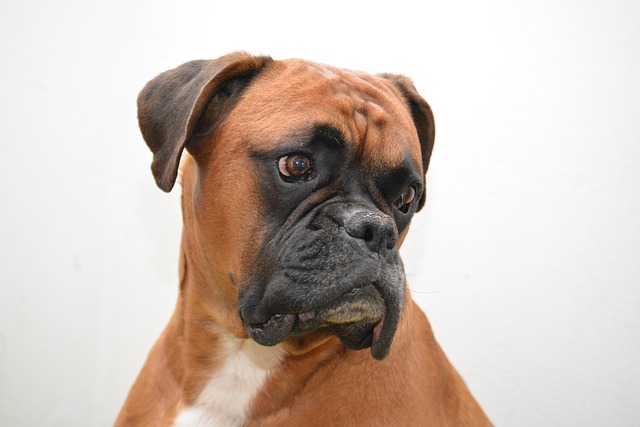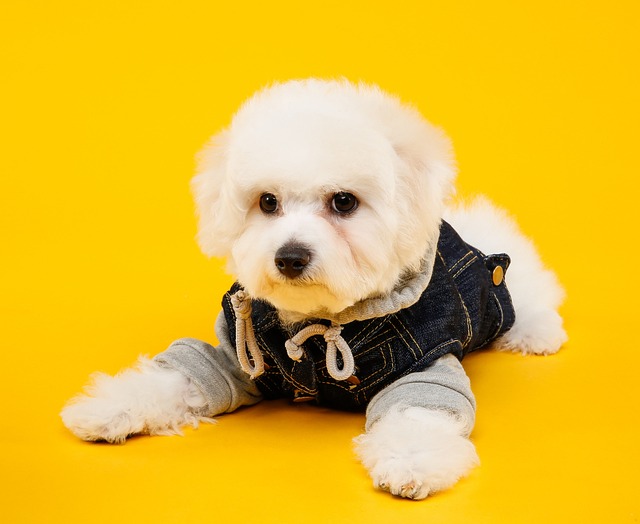That moment when your new rescue puppy lunges toward traffic during a Seattle downpour, nearly yanking your arm out of its socket? Or your adolescent labrador shredding your Brooklyn apartment’s cushions while you’re at work? Effective training starts with the right gear – but pet store aisles overwhelm beginners. Forget choke chains or shock collars; modern dog training gear essentials prioritize safety and science.
Behavioral research reveals why equipment choices matter. Dogs learn through association – positive reinforcement triggers dopamine release, building neural pathways faster than fear-based methods. A simple front-clip harness (like the Freedom No-Pull) gently steers dogs without tracheal damage when they lunge. High-value treats (freeze-dried liver or cheese crumbles) become "currency" for desired behaviors. Puzzle toys like Kong Wobblers satisfy natural chewing instincts in apartments, preventing destructive boredom.
Start with five foundational items: a 6-foot nylon leash for neighborhood walks (retractables teach pulling), a well-fitted harness distributing pressure across the chest, a treat pouch that clips to your belt for instant rewards during training moments, silicone lick mats for calming anxious dogs during storms, and a foldable mat for "place" training in busy urban spaces. For apartment dwellers, add a white noise machine to mask sounds triggering barking fits in thin-walled buildings – a lifesaver when practicing "quiet" commands.

Responsible training integrates U.S. legal and cultural norms. Legally, ensure rabies vaccines are current before group classes – mandatory in all states for public training facilities. Culturally, never use prong collars or physical corrections; states like New Jersey legally prohibit trainers using pain-based methods. Instead, reward calm behavior with praise – stress hormones inhibit learning. For high-rise living, practice "elevator manners" using leashed heel positions and "wait" commands to prevent darting into crowded spaces.
Community awareness completes your toolkit. Always carry biodegradable waste bags during training walks – cities like Portland fine $250 for uncollected waste near parks. Store treat pouches securely; loose training treats attract rodents in apartment complexes. Choose apartment-friendly training equipment like silent vibration collars (not shocks) for recall practice in courtyards. When using long lines in Chicago’s dog beaches, maintain visual control to avoid tripping hazards.
Remember: Equipment enables training but doesn’t replace consistency. Pair tools with daily 5-minute sessions reinforcing skills. Certified trainers (find via CCPDT.org) help troubleshoot gear fit and technique. Your positive reinforcement toolkit builds trust while keeping communities harmonious.






